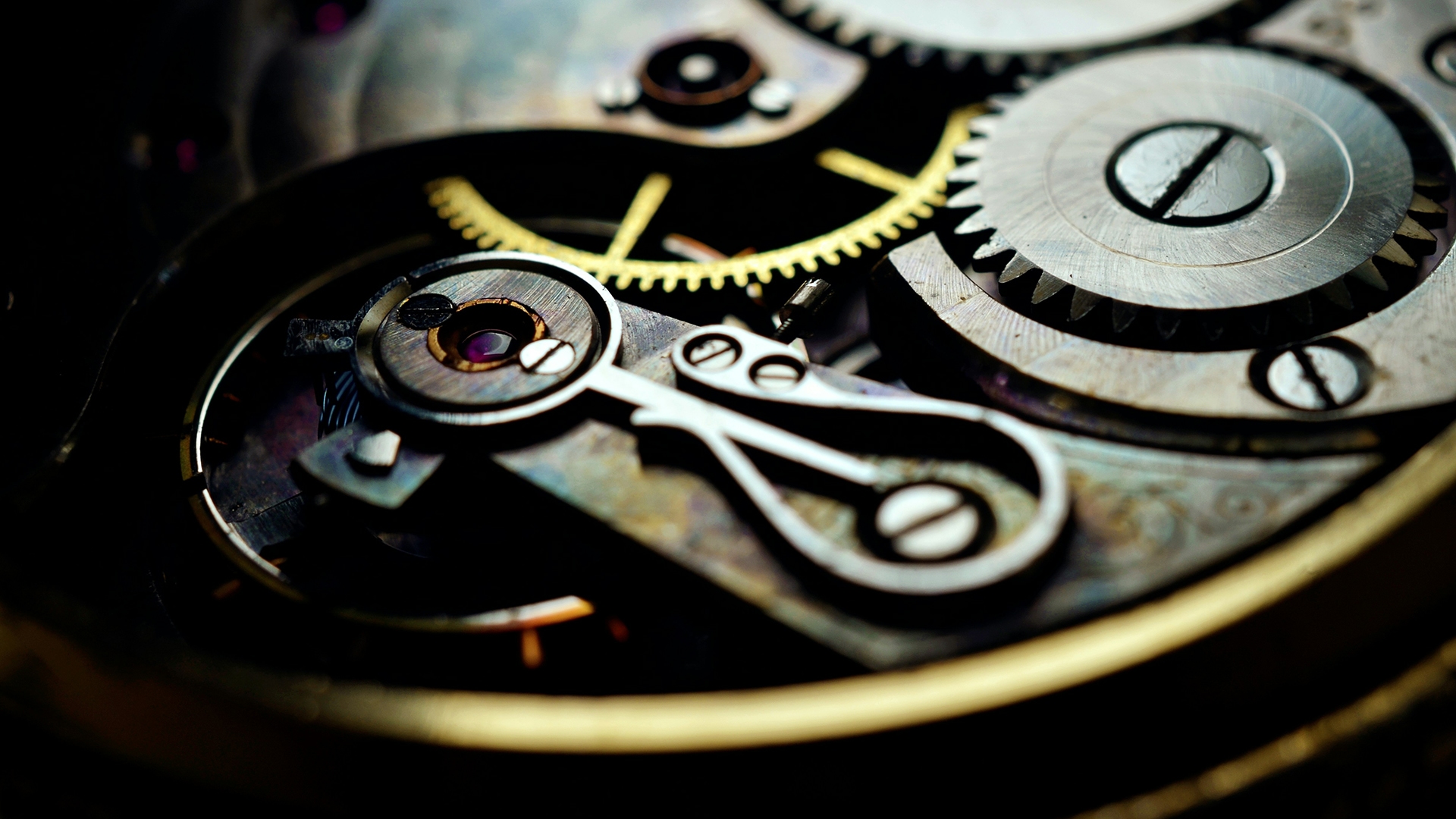
Photo by Lukas Tennie on Unsplash
How a Clockmaker Changed the World of Navigation.
By The Foundation for a Better Life
“Dead reckoning” is one of the most common terms uttered by swashbuckling captains in pirate movies. In the early 1700s, it meant using primitive tools like the astrolabe and compass to chart a course across the sea. The term is probably shorthand for “deduced” reckoning — but in practice, it sometimes took on a more ominous meaning.
These early navigational tools only measured latitude. Longitude was mostly a guess, and reckoning without accuracy meant catastrophes were common. One notorious example was the 1707 Scilly naval disaster, in which a fleet of British warships miscalculated their position and wrecked, resulting in the loss of nearly 2,000 lives.
The tragedies of common shipwrecks highlighted the urgent need for a reliable method to determine a ship’s east-west (longitude) position while at sea. Recognizing the severity of the problem, Queen Anne of Great Britain issued the Longitude Act in 1714, challenging scientists and inventors to find a practical solution. The British government offered a substantial monetary prize to anyone who could devise a method for determining longitude accurately at sea.
This challenge inspired innovations in timekeeping, leading to the development of the marine chronometer — a highly accurate clock that could keep time despite the rolling and pitching of a ship.
The marine chronometer came to be thanks to the diligent efforts of John Harrison, an English carpenter and self-taught clockmaker in the mid-1700s. He tinkered with wooden gears and longcase clocks that required pendulums to keep time. Then, taking Queen Anne’s challenge to heart, he began work on smaller, lighter clocks that used a series of springs rather than pendulums to keep tension on the gears so that they clicked forward with precision.
The monetary prize certainly attracted Harrison to the project, but it was the possibility of saving lives that motivated him. After years of building prototypes and testing them in adverse conditions, Harrison finally succeeded. Using his clock, the measurements of latitude, and a good map, navigators could reckon where they were with great accuracy.
The invention of the marine chronometer revolutionized navigation by allowing sailors to compare the time at a known reference point (such as Greenwich) with the local time at their current position, thereby calculating their longitude precisely. This breakthrough drastically reduced fatal navigational errors and made long-distance sea travel safer and more reliable.
The portable clock became the mainstay of every ship in the age of exploration. Harrison went on to develop more innovations: temperature compensation mechanisms and anti-friction devices. He never stopped tinkering, and his inventions have kept generations of people ticking — including his last, and most ubiquitous invention: the pocket watch.
Keep Tinkering… PassItOn.com®
Copyright ©2025 The Foundation for a Better Life. All rights reserved. Available under a Creative Commons Attribution NonCommercial-NoDerivatives 4.0 License (international): https://creativecommons.org/licenses/by-nc-nd/4.0/
The Foundation for a Better Life, a 501(c)(3) non-profit organization, gives your newspaper permission to publish these stories in print and electronic media (excluding audio and video), provided the stories are published in their entirety, without modification and including the copyright notice. For any modification, permission must first be obtained from the Foundation by emailing media-relations@passiton.com. Thank you.
We add new stories each month. If you'd like to be notified when we publish new stories, enter your information below.




